净能耗为零的开放建筑,为节能设计提供全新思路

新加坡国立大学设计与环境学院
NUS School of Design & Environment / Serie Architects + Multiply Architects + Surbana Jurong
来自建筑事务所的描述:2019年1月,SDE4正式开放,这是由新加坡国立大学设计与环境学院(School of Design and Environment at the National University of Singapore)设计的一座创新教育建筑,该学会组织旨在促进东南亚设计、可持续发展和教育事业。SDE4是一个占地8500平方米的6层多学科空间,也是新加坡第一个新建的净零能耗建筑,由Serie + Multiply建筑事务所和Surbana Jurong共同设计。
Text description provided by the architects. January 2019 marks the opening of SDE4, an inventive educational architecture developed by the School of Design and Environment at the National University of Singapore, the institutional organization that promotes design, sustainability and education in South East Asia. SDE4 is the first new-build net-zero energy building in Singapore and it is designed as a 8,500-square-metre, six-storey, multi-disciplinary space by Serie + Multiply Architects with Surbana Jurong.
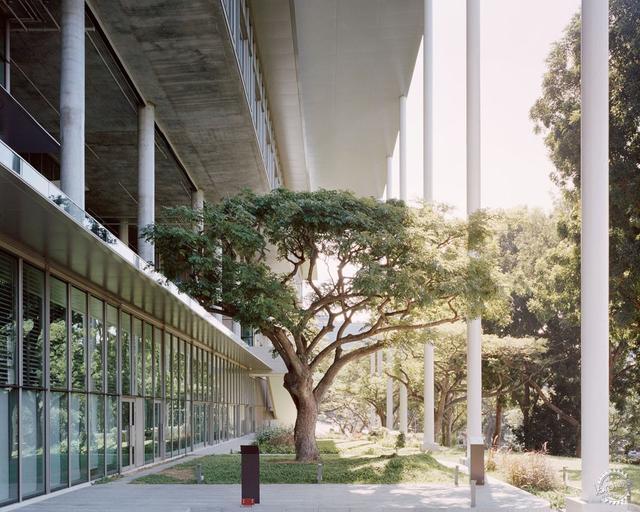

SDE4位于新加坡南部海岸克莱门蒂大道附近的一个小山丘上,它是设计与环境学院的新建建筑,也是整个校园扩建项目的一部分。这座响应气候的建筑包括了超过1500平方米的设计工作室,一个500平方米的开放广场,各种各样公共和社交空间,工坊和研究中心,还包括一个新的咖啡馆和图书馆。
Located on a hillock along Clementi Road near the southern coastline of Singapore, SDE4 is a new addition to the Design & Environment precinct and it is part of a larger campus redevelopment. The climate-responsive building includes more than 1,500 square metres of design studio space, a 500-square-metre open plaza; a wide variety of public and social spaces; workshops and research centers; a new cafe and a library.
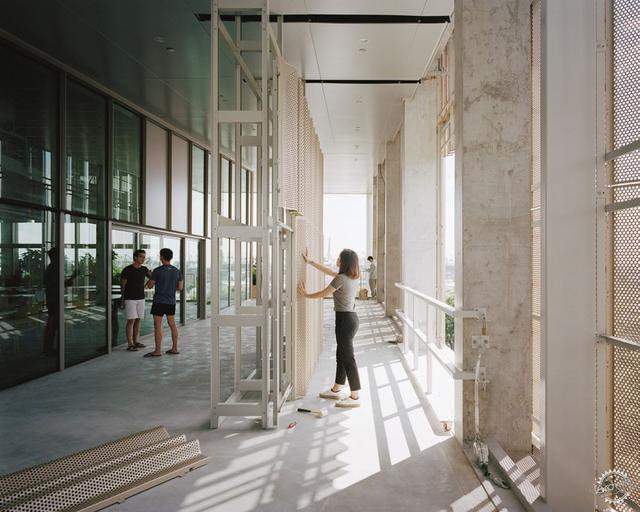
建筑的灵活设计和高效率反映了学校想要促进新形式的教学空间,并将其作为研究基础的想法。大部分的房间都被设计成不同的大小,以便灵活地重新安排布局,并满足展览的需要、特定学校设施以及未来的使用变化。
The building’s flexible design and high efficiency reflect the School’s ambitions of promoting new forms of teaching spaces as a scaffold for research. Most of the rooms are designed in a variety of sizes to allow a flexible rearrangement of layout for exhibitions, school-specific installations and future change of use.
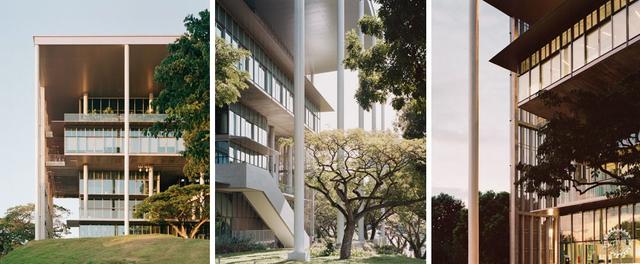
设计与环境学院院长林健波(Lam Khee Poh)解释道:“建筑本身并不是孤立的实体。建筑形成了一种环境,一片区域,或是一个鼓励邻里活动的社区,这对所有教育机构来说是至关重要的。我们的学生和教师有机会在课堂内外进行学习,并且参与到设计、开发、建造以及运营建筑的综合过程中,当他们使用建筑的时候,建筑反过来也会使他们有意识地调整自己的行为。
Lam Khee Poh, Dean of the School of Design and Environment, explained: “Buildings are not isolated entities in their own context. They form an environment, a precinct, or a neighborhood supporting community activities, which is crucial for all educational institutions. Our students and faculty get the opportunity to learn both inside and outside the classroom, being engaged in an integrated process of designing, developing, constructing, and operating state-of-the-art buildings that will, in turn, influence them to adapt their own behavior when they occupy it.”

在2013年的国际设计竞赛中,该建筑被委托给Serie + Multiply建筑事务所以及Surbana Jurong,建筑被设计成多孔的结构,通过并列的“平台和盒子”来表达其项目内容。Serie Architects建筑师事务所负责人克里斯托弗·李(Christopher Lee)表示:“当我们开始这个项目时,就想要突破高能效建筑不能实现通透的这个固有成见。”
Awarded to Serie + Multiply Architects with Surbana Jurong through an international design competition launched in 2013, the building was envisioned as a porous architecture structured in a juxtaposition of ‘platforms and boxes’ expressing its programmatic content. Christopher Lee, Principal of Serie Architects, described that “One of our ambitions when we started the project was to challenge the notion that a high energy efficient building has to be very opaque.”
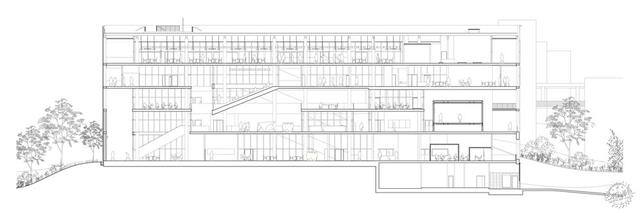

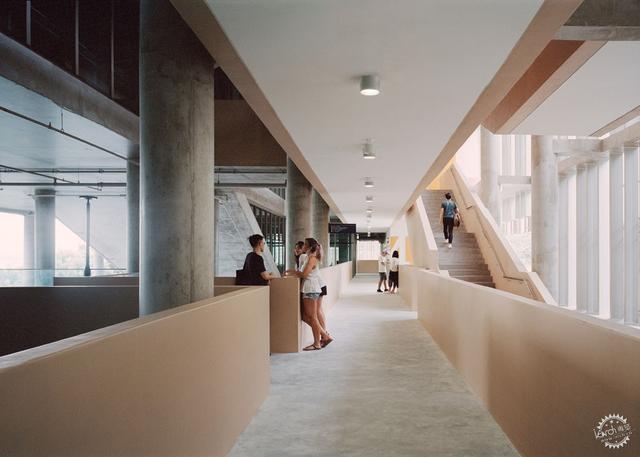
因此,完工后的建筑是非常开放的。这就是它成功的地方。它能够减少能耗,但同时又是一个非常开放的空间。SDE4的大平台可以用来促进交互以及可视化连接。建筑师设计了一个非常透明的空间,其中外部和内部空间的界限是模糊的,在这里,自然和景观扮演着建筑背景这个角色。
Therefore you see that the completed building is incredibly open. This is where I think it was successful: it is able to reduce its energy demand, but at the same time it doesn't end up being a very solid building. SDE4's large platforms are configured in a way that promotes interaction and visual connectivity. We envisioned a very transparent volume in which the outside and the inside spaces are ambiguous; where nature and landscape play an important part, as a backdrop to the building.
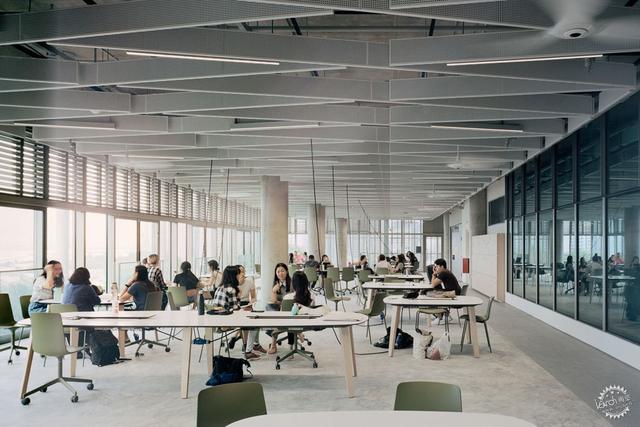
该设计秉承了东南亚本土热带建筑的原则:超过50%的面积是自然通风的,大部分房间都可以开敞,以享受微风的吹拂。空调只在需要的时候使用,得益于交叉通风从而凉爽的体量穿插在建筑空间中,这些空间模仿了热带阳台的特征,可以充当热缓冲或者社交空间。整个建筑被交替使用的露台、景观阳台以及各种灵活空间所点缀。
The design carries the principles of vernacular tropical architecture in Southeast Asia. More than 50% of the total area is naturally ventilated and most of the rooms can be opened to prevailing breezes. Air-conditioning is used only when needed while the spaces interspersed between cooled volumes benefits from cross ventilation, acting as thermal buffers/social spaces, emulating the signature tropical verandas. The architecture is punctuated by an alternation of terraces, landscaped balconies and informal spaces.
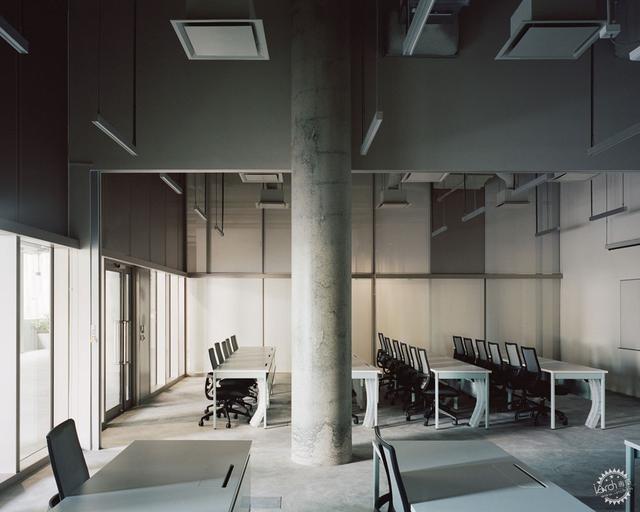
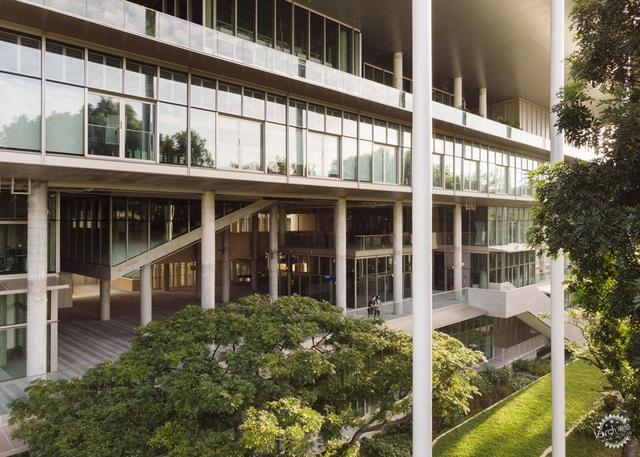
学习、工作和社交场所之间没有正式的界限。设计与环境学院副院长Erik L’heureux表示:“SDE4代表着为21世纪高学设计的学习、教育以及研究的基础。它不仅设想了我们如今的教学方式,而且为未来的教育方式铺平了道路。”例如,东立面和西立面内外表皮之间的间隙空间可以用于研究交流。在这些区域可以根据学校的研究需要,拆除或用新的系统来取代原有的立面元素。
There are no formal boundaries between places to study, work and socialize. Erik L’Heureux, Vice Dean (Special Projects) at the School of Design and Environment, says: “SDE4 represents a scaffold for learning, teaching, and research designed for the twenty-first-century university. Not only does it envision how we teach today but also paves the way we might teach in the future.” The interstitial space between the inner and outer skins on the east and west facade is, for instance, designated for research. In these areas, elements of the façade can be dismantled and replaced with new systems depending on the School’s research needs.
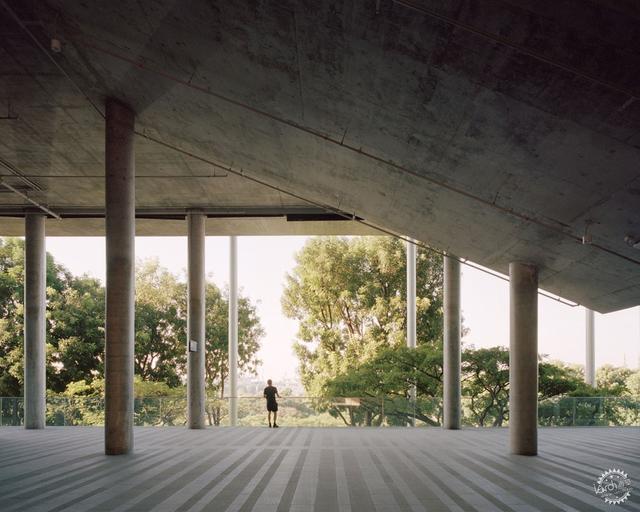

因此,该建筑实际上成为了测试和开发相关绿色建筑技术的实验室。回廊以及直跑楼梯连接并贯穿这些体量平台,使学习和研究空间从一个空间渗透到另一个空间,从而传播了设计的协作性质。巨大的挑檐沿着南立面突出,将拥有热带特征的柱廊遮住,周围环绕着成熟的现有树木。
Therefore, the building serves as a canvas for test-bedding and developing relevant green building technology, becoming, in effect, a living laboratory. Circulation corridors and straight flight staircases link and penetrate these volumetric platforms, allowing spaces to bleed from one learning and research space to another, thereby broadcasting a collaborative nature of design. The large over-sailing roof protrudes along the south elevation embedding a tropical portico, built around mature existing trees.
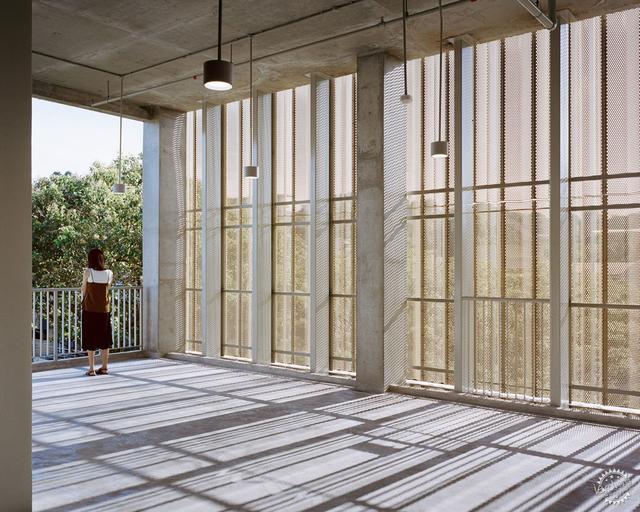
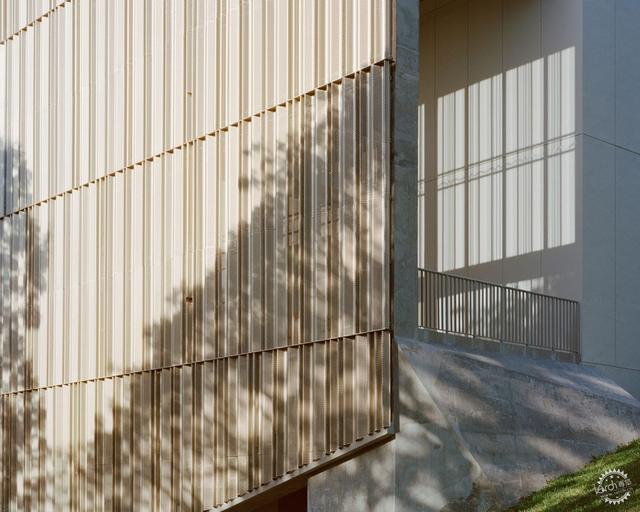
这种开放性使得空间可以在建筑的围护结构中自由流动,将周围的景观与室内空间的关系拉近,反之亦然。东立面和西立面采用了可以过滤阳光的铝幕,仿佛是一层面纱,强调了与周围环境的联系。南面的花园也是建筑教学体验的一部分。
This openness allows spaces to flow freely across the envelope of the building, bringing the surrounding landscape into close proximity with interior spaces and vice versa. The east and west facades are designed as a veil, an aluminum curtain that filters sunlight and emphasizes a connection to the surroundings. The south gardens are integral to the pedagogical experience of the building.
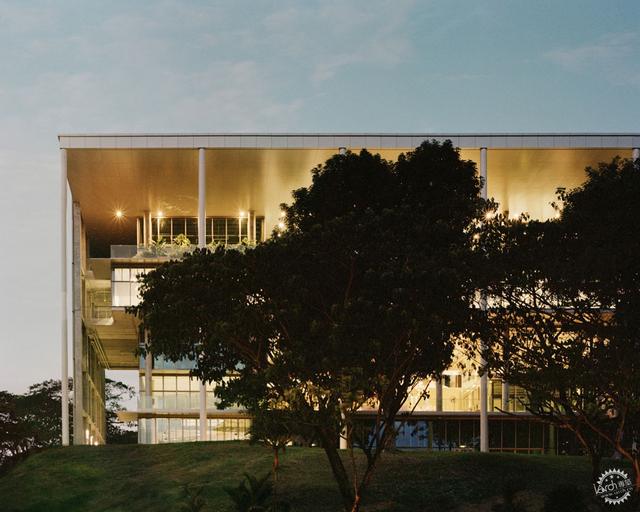
作为一个自然的净化系统,景观改善了水质,同时鼓励滨水的人居活动或教学方式。来自屋顶和人造景观的雨水通过土壤净化,从而去除沉淀物和可溶性养分。近50%的植物是本地物种,大部分来自于南部热带地区,这一选择也为环境教育提供了机会。
Designed as a natural purification system, the landscape improves water quality while encouraging lifestyle activities and teaching around water. Runoff from the roof and hard scape is cleansed by passing through soil, which removes sediments and soluble nutrients. Nearly 50% of the plants selected are native species and most are from the southern tropics, a choice that also provides opportunities for environmental education.

该建筑具有强烈的亲生物属性,刻意使用和突出了钢材、穿孔金属以及混凝土材料原始和自然的特性。因此,成品混凝土表面非常独特,有些柱子看起来仿佛大理石一样,所有的柱子都有一种触感,从而增强了建筑的物质性。
The building has a strong biophilic component in the deliberate use and celebration of the raw and natural characteristics of the materials for steel, perforated metal and concrete. As a result the finished concrete surfaces are unique; some columns resemble marble, and all possess a tactile quality that enhances the materiality of the architecture.
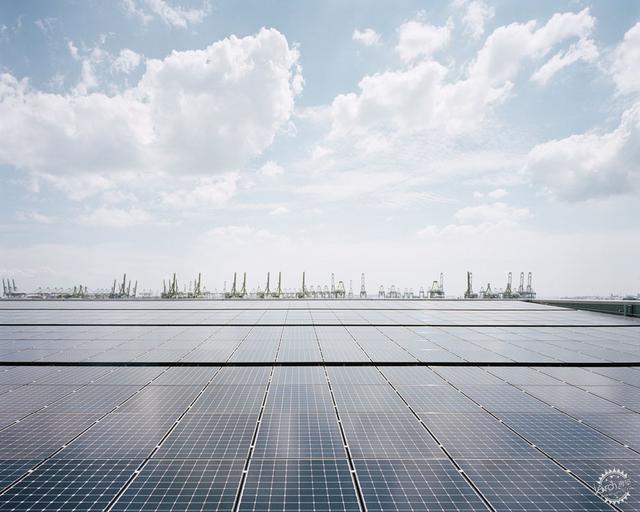
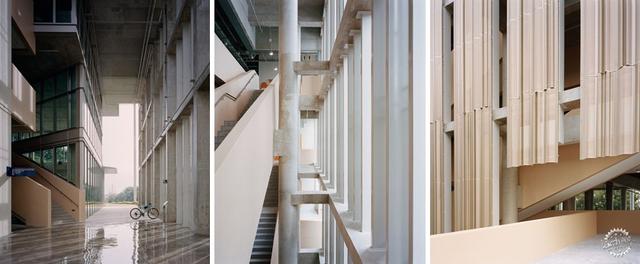

该建筑的设计目标是响应气候变化,通过一系列的可持续设计以及屋顶安装的1200多个太阳能光伏板使建筑的净能耗为零。SDE4超越了健康和福祉的标准,为热带地区提供了舒适的新途径,建筑内含有Transsolar KlimaEngineering设计的创新混合制冷系统,该系统为室内提供了100%的新鲜预冷空气,尽管温度和湿度比传统系统要高,但吊扇的形式同时也提高了空气的流速。
The building is designed to be climate responsive with net-zero energy consumption featuring a range of sustainable design features and more than 1200 solar photovoltaic panels on its rooftop. SDE4 exceeds standards of health and wellbeing creating new avenues for delivering comfort in the tropics, embracing an innovative hybrid cooling system, designed by Transsolar KlimaEngineering, that supplies rooms with 100% fresh pre-cooled air, albeit at higher temperatures and humidity levels than in a conventional system, and augments this with an elevated air speed by ceiling fans.
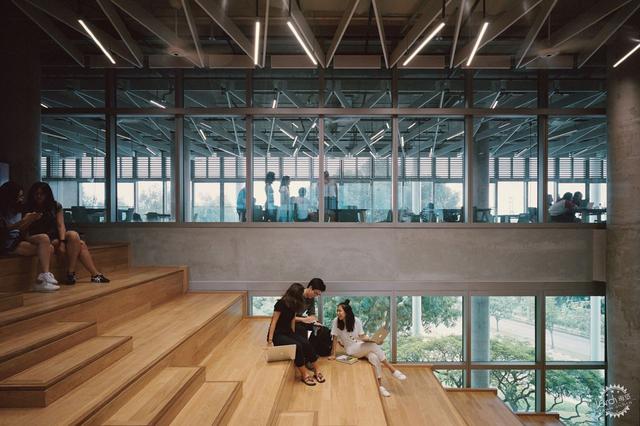
这种低温循环空气在高效节能系统中创造了舒适的环境。因此,通过设计讨论从根本上让建筑成为了一种系统性提升的媒介,不仅仅了减少环境危害,更重要的是创造了良好的环境。设计与环境学院高级经理Giovanni Cossu解释道:“SDE4的告诉我们如何通过设计来实现零净能耗。”
This cool circulating air creates a comfortable condition in a high energy-efficient system. Therefore, the architecture becomes an agent of systemic enhancement—not just to do less harm, but to do systemic good—by making the discussion of design fundamentally public. Giovanni Cossu, Senior Manager at the School of Design and Environment, explained: “The main story of SDE4 is how we progress to net zero through design.
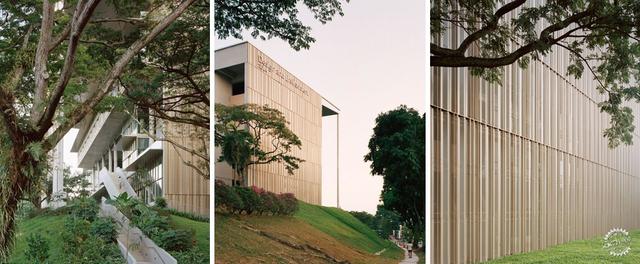
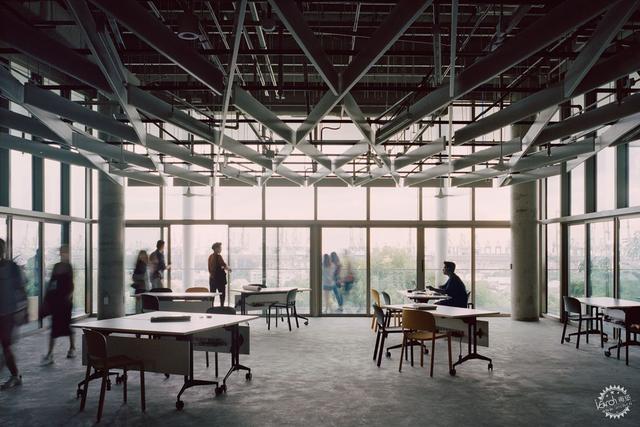
在整个过程中,建筑已经推翻了可持续建筑的空间质量、舒适度和成本的一般认知。SDE4改变了“绿色建筑成本更高”的观点,因为与类似的行业标准模型相比,SDE4的成本有限并且没有额外成本。
During this process, the building has demystified the general perception of spatial quality, comfort, and cost for sustainable buildings. SDE4 changes the argument that green buildings cost more, as it has limited or no extra cost compared to similar, industry-standard models.

根据使用者主观调查的初步结果显示,使用者对建筑物所提供的环境条件的接受程度很高。在这个过程中,SDE4与多类受众进行交流:使用者和用户,决策者和开发人员,这种设计形式产生了一种不可忽视的重要性。
Preliminary results of subjective surveys completed by occupants show high levels of user acceptance of the environmental conditions offered by the building. In doing this, SDE4 speaks to multiple audiences: occupants and users, policy makers and developers. And this generates a level of significance that cannot be ignored.
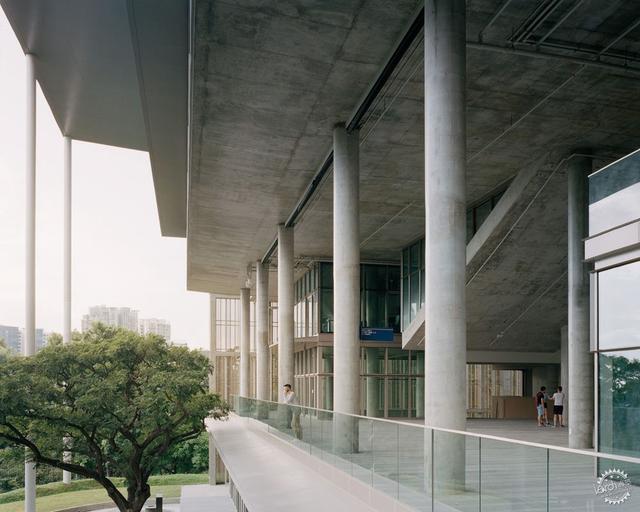
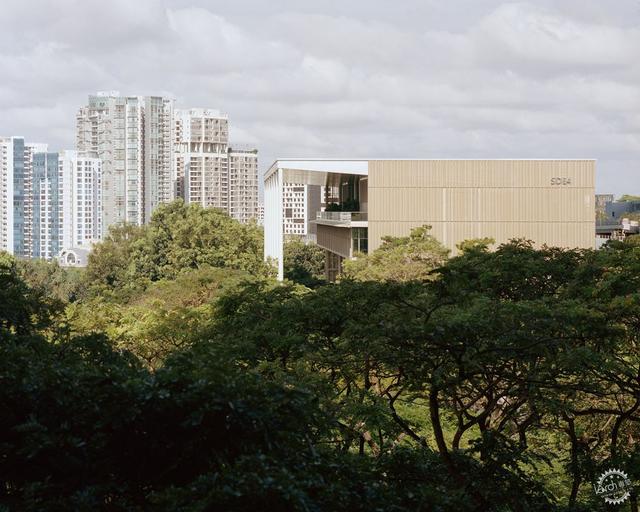

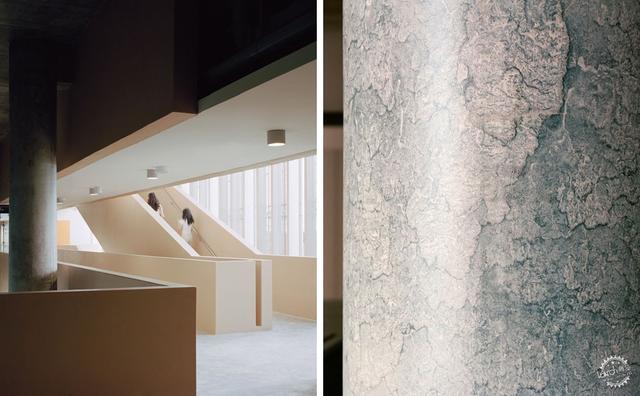
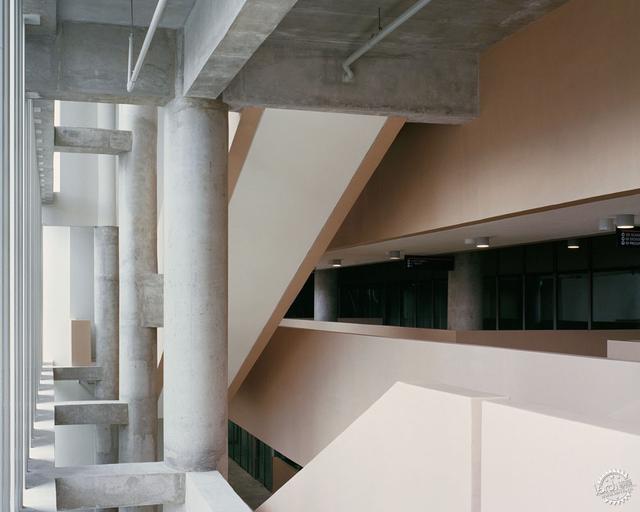
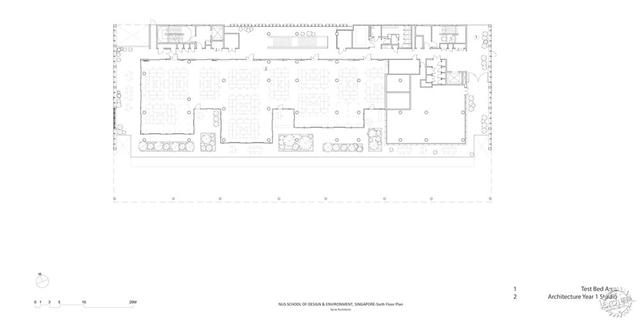
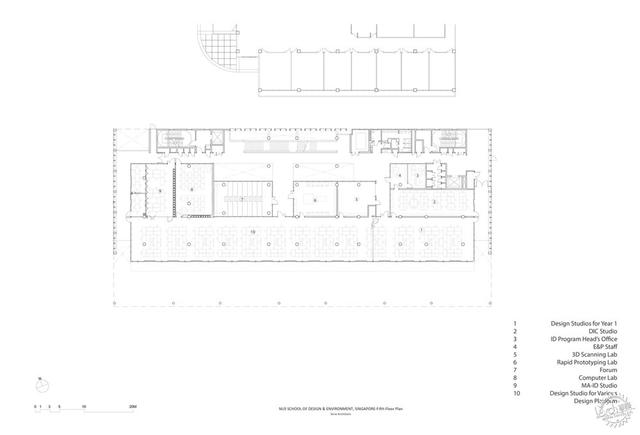
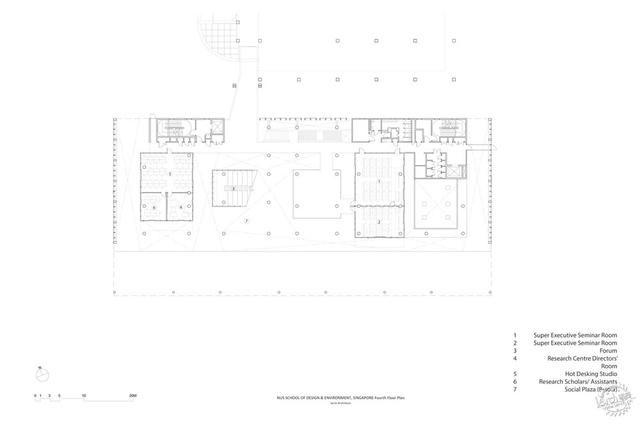
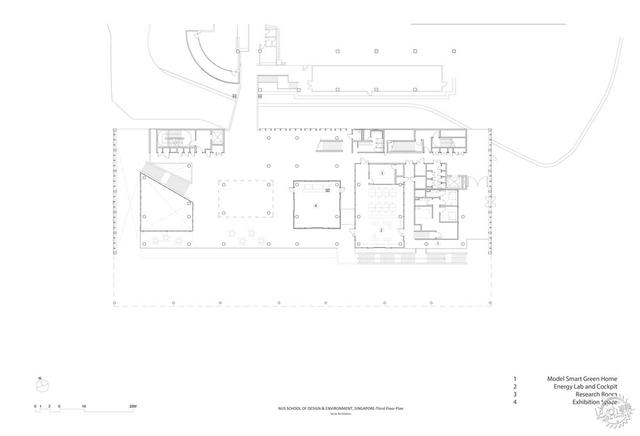
建筑设计:Multiply Architects, Serie Architects, Surbana Jurong
地点:新加坡
类别:学校建筑
主创建筑师:Serie + Multiply Architects, Surbana Jurong
面积:8500.0 m2
项目时间:2019年
摄影:Rory Gardiner
制造商:Hunter Douglas Architectural
Architects: Multiply Architects, Serie Architects, Surbana Jurong
Location: 21 Lower Kent Ridge Rd, University Hall, Singapore
Category: University
Lead Architects: Serie + Multiply Architects, Surbana Jurong
Area: 8500.0 m2
Project Year: 2019
Photographs: Rory Gardiner
Manufacturers: Hunter Douglas Architectural
由专筑网邢子,王雪纯编译
【专筑网版权与免责声明】:本网站注明“来源:专筑网”的所有内容版权属专筑网所有,如需转载,请注明出处





















评论